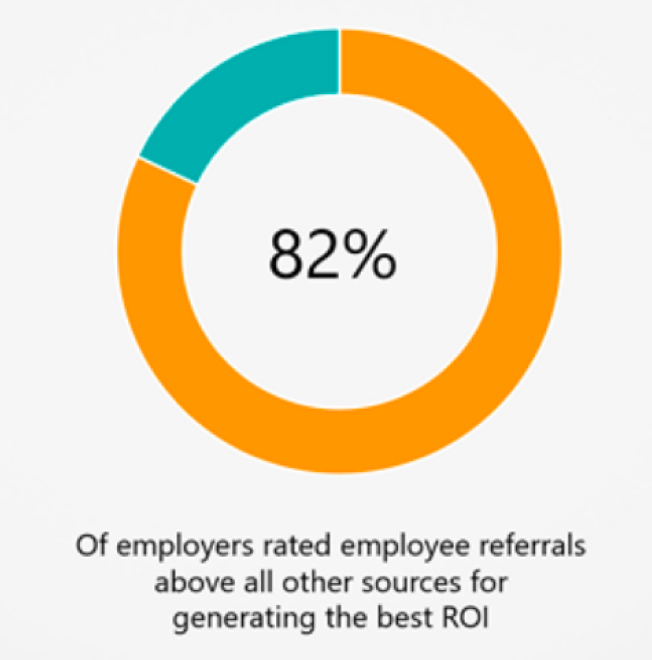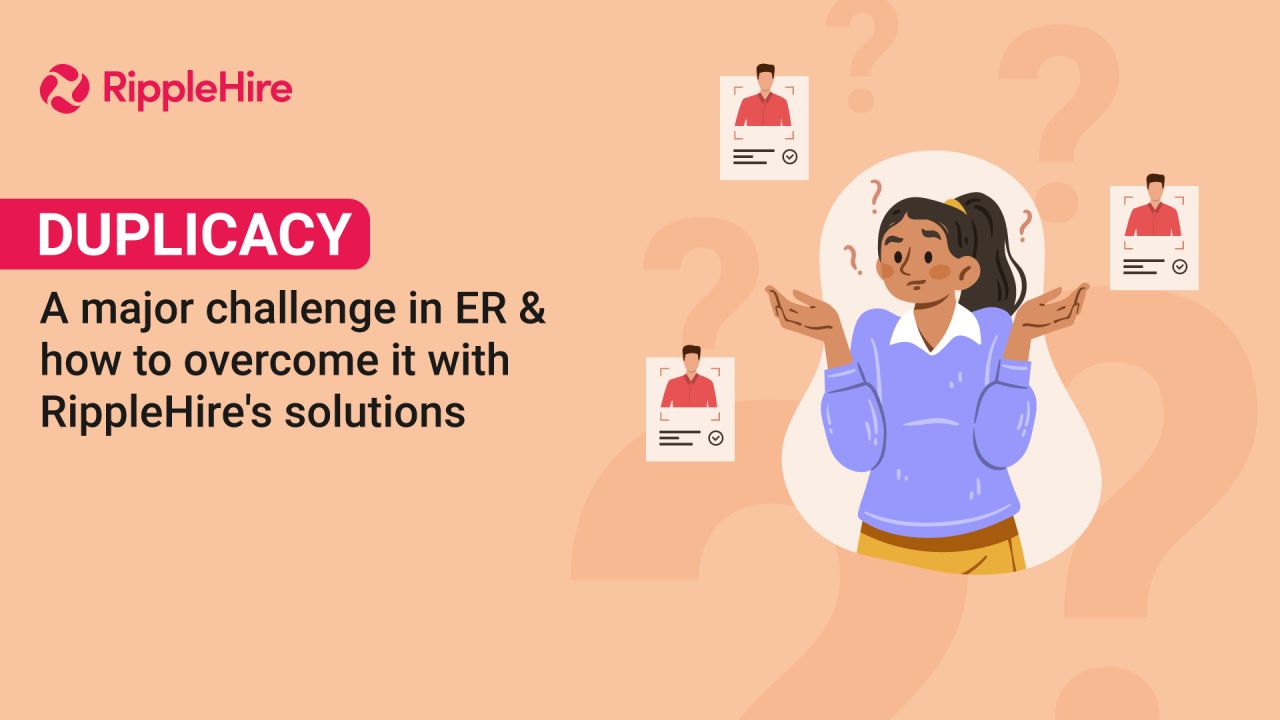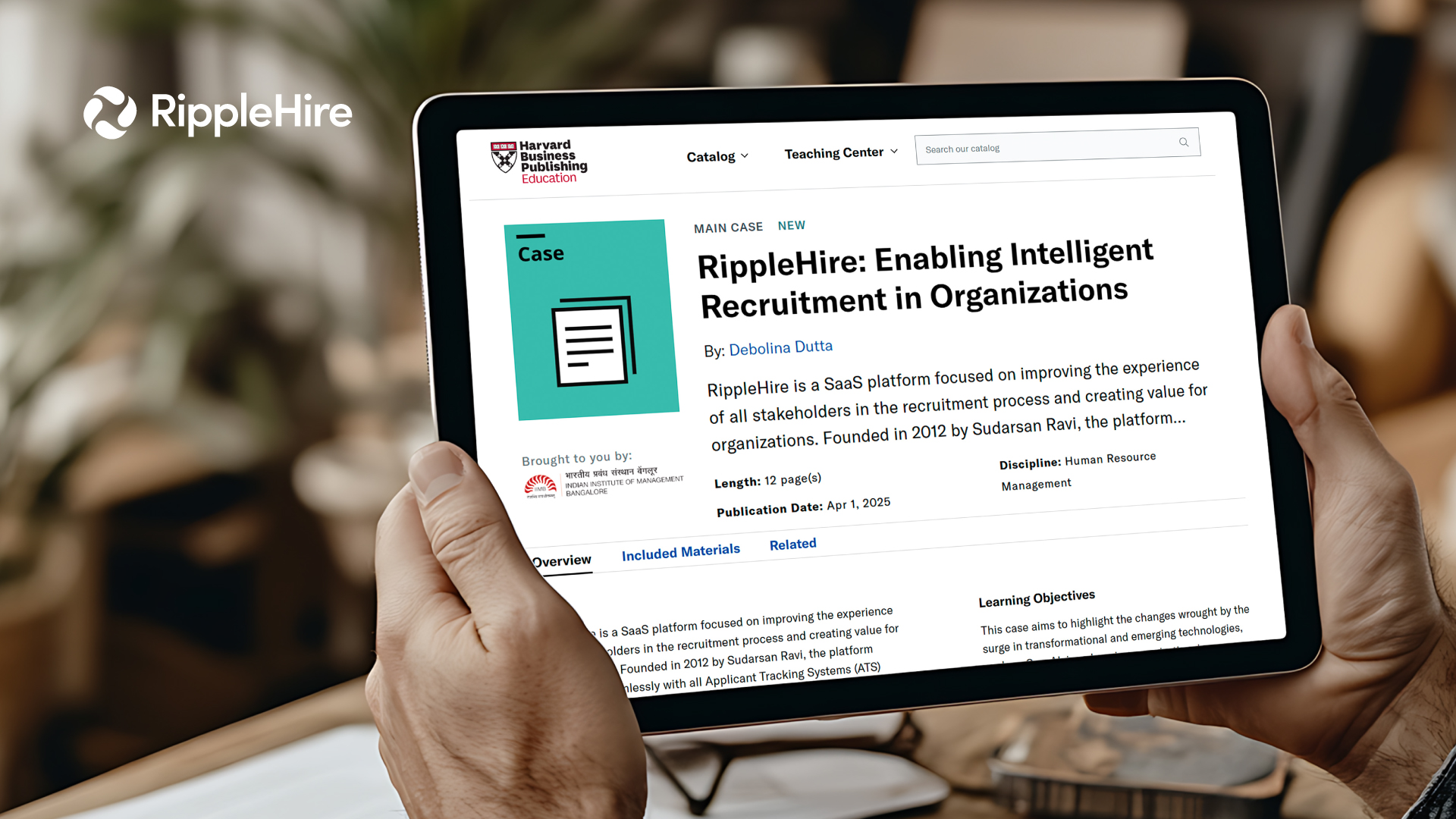Employee referrals are the goldmine of dependable candidates, and that’s why referrals account for up to 40% of hires.
But managing employee referrals isn’t smooth sailing if you rely on broken systems. And one of the most common challenges that many fail to handle is– duplicacy.
In this article, we will see how duplicate data harms your hiring process and what you can do to avoid it.
What is Duplicacy in the Employee Referral System?
Duplicacy in an employee referral program is the situation where multiple employees refer to the same candidate for a job opening. It can occur if the candidate has many connections within the company or the referral system is not adequately monitored.
Either way, it can burden your hiring team to sort through the redundant data and determine which employee should get the referral perks.
Can’t eliminate it because it’s still the reliable option so how to overcome it
How Employee Referral Duplicacy Impacts the Business?
Scrubbing duplicacy in the referral data when the company’s strength is between 0-50 is somewhat possible, but that’s not the case when the employee number goes up to 1000 or more.
Here are some ways this seemingly minor flaw can cost your company more than just a few hours and extra bucks if not handled at the right time.
1) Inefficiency: When multiple employees refer the same person for the same open position, the system loses data sanity. And with unclean data, the hirers are forced to spend additional hours to drill down the unique candidates. It sucks your team’s resources and time that could have been invested in a better task.
2) Delay in Hiring: Each day of a vacant job position limits the company’s productivity. Not only is the company short of talent, but the existing team is overburdened with ad-hoc tasks. Increased time to hire creates a sense of frustration and injustice among the employees.
3) Decreased employee engagement: When you allow employees to upload a resume already existing in the system, you will be left with the choice of choosing one employee’s referral and rejecting others.
Employees may be less likely to participate in the referral program if their referrals are not being recognized or rewarded fairly. It can lead to decreased employee engagement in the recruitment process.
4) Decreased quality of referrals: If employees are aware of the duplicacy in the referral program, they may not put as much effort into finding high-quality candidates. It can decrease the quality of referrals and potentially lower the chances of finding the best candidate for the job.
5) Reduced trust: If employees do not trust the referral system and feel it is unfair, it can lead to a lack of confidence in the company’s recruitment process. It will also hamper employee satisfaction and retention.
6) Financial Loss: If you have yet to identify duplicates in your employee referral system and the algorithm automatically handouts the reward, you may end up paying multiple referral bonuses for the same candidate. It can burn a deep hole in your pocket over a while.
But what’s the solution?
Eliminating employee referrals entirely is not even on the list considering the recruitment ROI it promises.

Let’s look at some solutions you can implement to tackle this problem.
How to Eliminate Duplicacy in Employee Referral System?
There are a few ways to eliminate duplicates in an employee referral system:
1) Implement a Unique Referral Code System
Start the referral process by generating a unique referral code for each employee. The employee can enter that code while submitting their referral. It ensures that the referral reward or bonus is appropriately credited to the correct employee.
2) Work on a Clear Referral Policy
If you already have specific policies to manage conflicting referrals, clearly communicate those to the employees and make sure they understand the rules and guidelines. Otherwise, rework your referral policy to accommodate such a case. It can help prevent confusion and ensure that the process is fair and transparent.
3) Set Up a Referral Bonus Structure
To avoid duplicate referrals, set up a referral bonus structure that rewards employees for successful referrals. It will encourage them to focus on quality rather than quantity.
4) Monitor and Review the Referral System
Regularly review the referral system and monitor for any suspicious activity. It will help you identify and address any potential issues with duplicacy.
5) Introduce a Robust Employee Referral System
A strong referral management system is a must-have for acquiring top talent without hiccups. Though there are many options in the market, look for one that features
1) Automated tracking and reporting: A robust referral system will automatically track and report all referrals, ensuring that they are appropriately credited and that there are no duplicates.
2) Real-time monitoring: Consider a referral system that will allow real-time tracking of the submitted referrals, enabling the HR team to identify and address any issues with duplicates quickly.
3) Referral Lifecycle Management: Look for a product that provides you complete visibility into the progress of the submitted referrals. It will let you manage the candidates effectively and close the position.
4) Records and sources candidates: Ensure that your employee referral system saves the candidate’s resume even if they aren’t onboarded. It will help you build your candidate sourcing database for future reference.
5) Integrating with the ATS: A seamless integration with an applicant tracking system can help to eliminate duplicate referrals as the system will automatically filter and only process the unique referrals.
Overall, a robust employee referral system can ensure that the referral process is fair, transparent, and efficient while minimizing the risk of duplicacy.
The Future of Employee Referral System
The future of employee referral systems is increased automation and the use of technology to streamline the process and make it more efficient. Additionally, there will be a greater emphasis on creating a culture of referrals within organizations, in which employees are encouraged and incentivized to refer their friends and colleagues for open positions.
Amidst today’s competitive culture, where every organization is fighting over talent, you can’t leave your hiring strategies on auto-pilot. RippleHire can help you stay on top of your recruitment game with a fool-proof employee referral system that lets you:
1) identify and eliminate duplicates referrals by comparing resumes, contact information, and other data of the referred candidates to ensure zero duplicacy
2) store information about referred candidates, including their resumes and contact information
3) send out reminders to employees about open positions and encourage them to refer suitable candidates
4) track the status of each referral, including whether they have been contacted, interviewed, and hired
5) integrate it seamlessly with the talent acquisition cloud for a smooth transition
By providing a centralized, streamlined process for managing referrals, RippleHire can help you reduce duplication and improve the overall efficiency of your referral programs.






